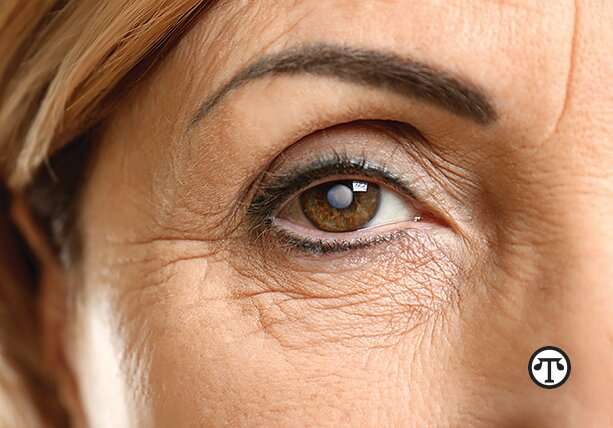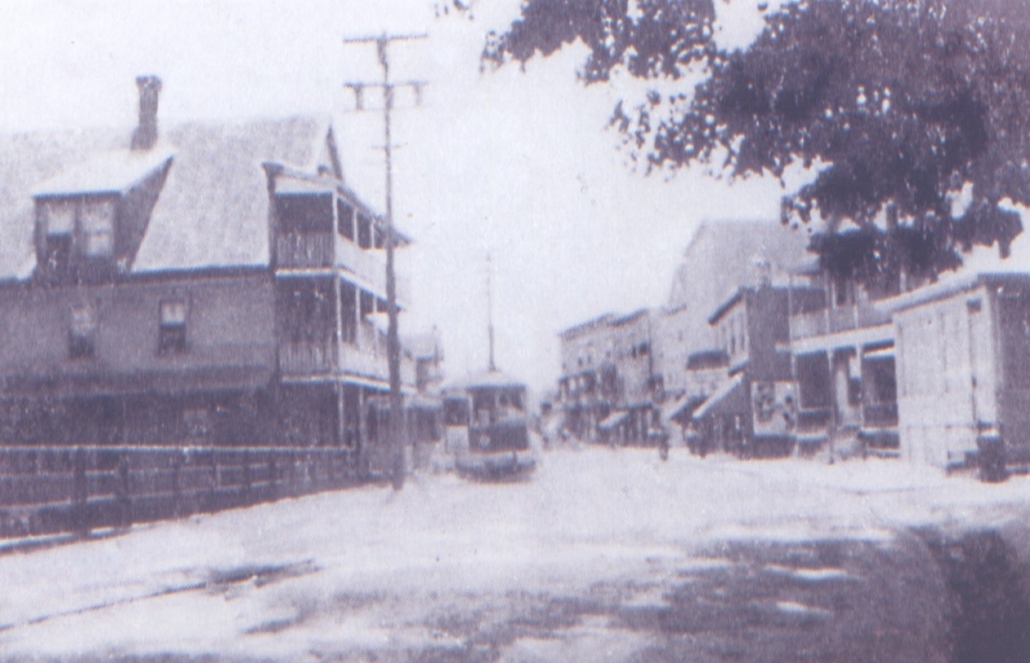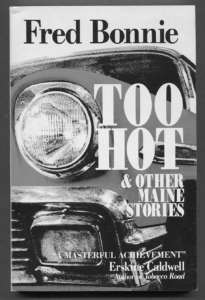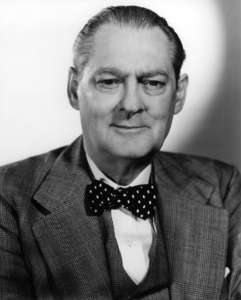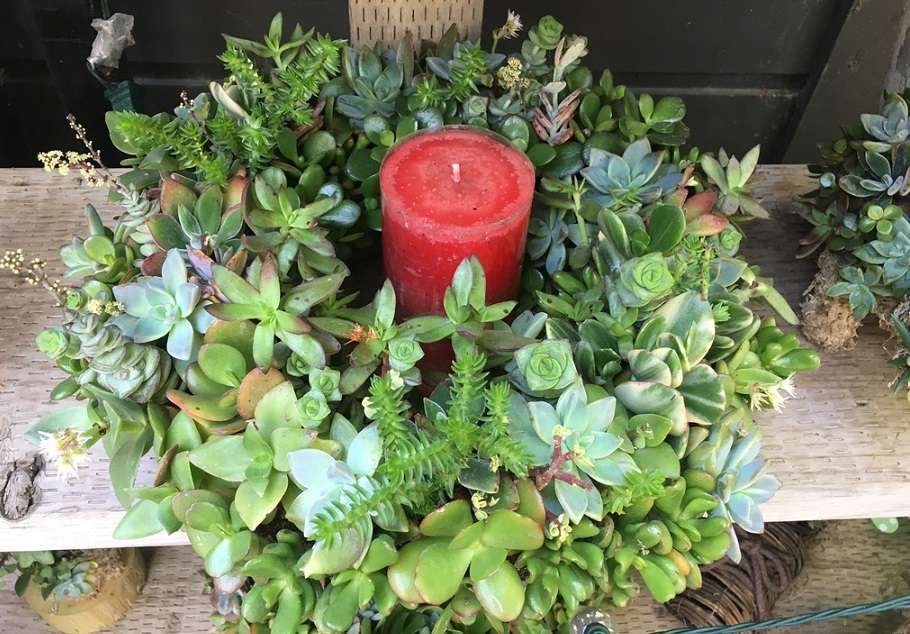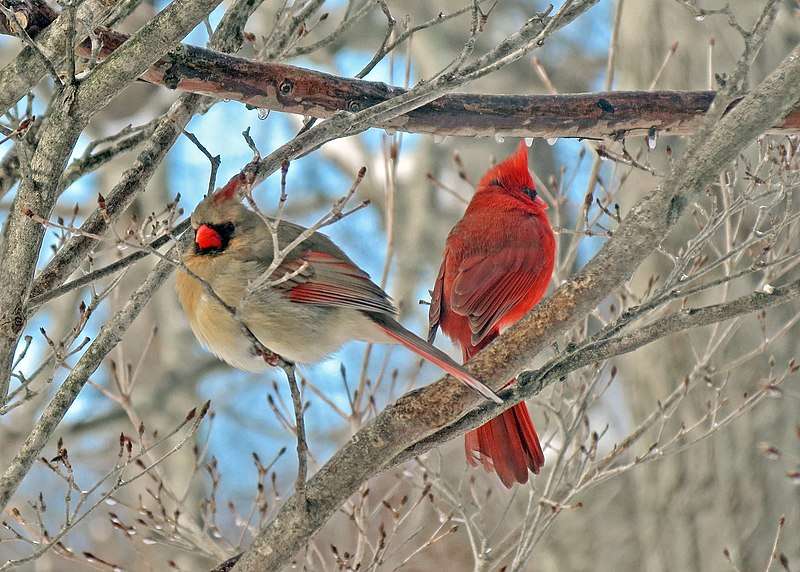REVIEW POTPOURRI: Fargo, Jingle Bell Rock, Peggy Seeger & David K. Shipler

 by Peter Cates
by Peter Cates
Fargo
I just finished watching the first season’s ten episodes of Fargo; Billy Bob Thornton’s portrayal of the positively despicable contract killer Lorne Malvo was scarily persuasive while the supporting cast, direction, sets, and cinematography contributed to its effectiveness as a fine collaborative effort.
Jingle Bell Rock
One particularly favorite 45 for me as a child was a big Christmas favorite released in 1957 by Decca – the megahit Jingle Bell Rock as very definitively sung by Bobby Helms (1933-1957); as with Gogi Grant’s singing of the Wayward Wind and Perry Como’s of May the Good Lord Bless and Keep You, these three performances remain unsurpassed by anyone else.
Helms later commented that, when he was first shown the song, he had no interest in recording it but never would regret changing his mind.
Peggy Seeger
A younger sibling of folk singer Pete Seeger (1919-2013), Peggy Seeger, still living at 88, recorded an LP, Peggy Alone, in 1967 consisting of 17 folk songs with such titles as Handsome Molly, Bad Bad Girl, Burns and his Highland Mary, Little Nellie – each of which tell a story.
Miss Seeger not only sang with extraordinary beauty and conviction but accompanied herself with the five-string banjo, Appalachian dulcimer, guitar, autoharp and English concertina, being an accomplished performer on each instrument and performed a half dozen selections unaccompanied.
She also provided a booklet with background information on and the lyrics of each song.
David K. Shipler
Investigative journalist David K. Shipler wrote a 1983 book, Russia – Broken Idols, Solemn Dreams, based on his visits with people he met during his 1975-79 years as the Moscow bureau chief for the New York Times. It makes for fascinating browsing particularly for the anecdotes from those who lived through the Stalin years.
In keeping with the spirit of winter solstice on December 21, I was struck by a few sentences Shipler wrote about a trip to Siberia:
“The day I arrived in Yakutsk….it was 46 below. When our plane landed, the door was frozen solidly shut, and it took about half an hour for a powerful hot-air blower – standard equipment at Siberian airports – to break the icy seal….The smaller children are wrapped in layer after layer so that little more than their eyes are exposed…Buildings have triple windows and triple doors…Private cars are put away for the winter.”


